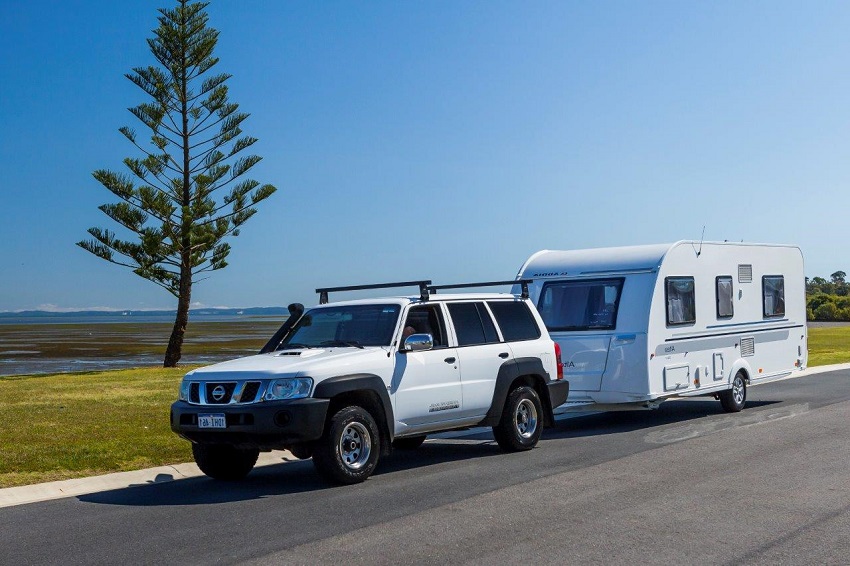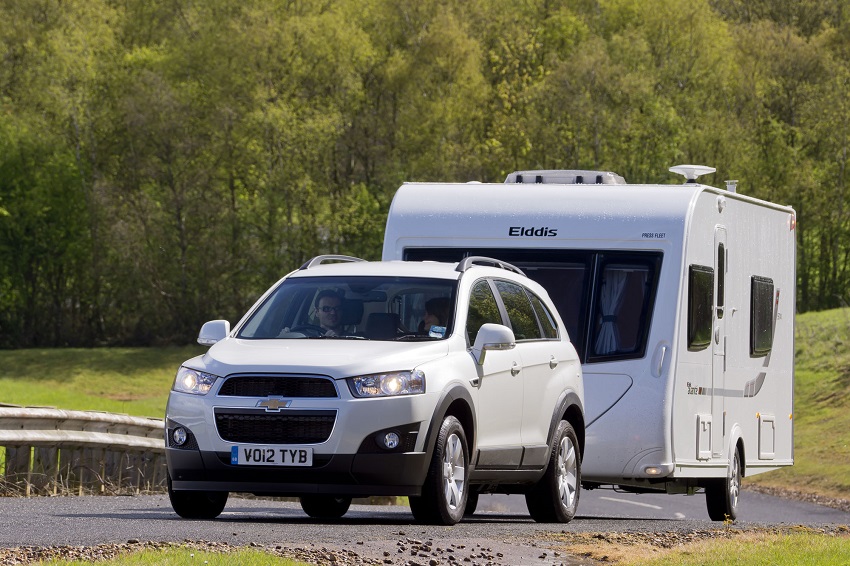
Caravanning: The Basics of Towing
Going on caravanning adventures is a wonderful way to escape the maddening noise of the urban jungles many of us live and/or work in. Investing in a quality caravan is a smart choice, especially for those who prefer spending their vacations away from hotels and crowds.
When it comes to caravanning, learning the basics of towing is a must. Once you’ve picked the most suitable trailer or caravan for your tow vehicle (read the towing section in the vehicle manufacturer’s handbook), you should purchase all the necessary towing parts.

Contents
Tow Bar
The tow bar is one of the crucial towing parts because it’s the framework attached to the rear of your tow vehicle. Every caravan owner must equip their vehicle with properly designed and fitted tow bar. The tow bar fitted mustn’t exceed the capacity approved by the vehicle manufacturer. Remember: tow bars shouldn’t stick out dangerously when the caravan isn’t connected.
Ball Mount & Tow Ball
The ball mount (or the tongue) is another important piece of the towing puzzle. It’s the part of the tow bar to which the tow ball is attached. The tow ball must be a one piece element, 50mm in diameter, and fitted to the vehicle with a locking washer and properly sized nut.
Coupling Body & A-Frame Drawbar
The coupling body is another necessary towing part. It’s the section that’s attached to the ‘A’ frame of the trailer or caravan and forms a socket for the tow ball. The A-frame drawbar is the part of the trailer or caravan chassis to which the coupling body is attached. Keep in mind that adding additional items to the drawbar isn’t advisable.
Safety Chains
Safety chains are mandatory in all states and territories of Australia. These towing parts should be strong enough to hold the trailer or caravan and keep the drawbar from touching the ground.
Towing Mirrors
Towing mirrors are an indispensable towing item because they allow the tow vehicle driver to see the greater distance behind much more clearly. This is immensely important because when one tows a caravan, they take up extra space on the road.
When it comes to selecting the right towing mirrors for you, you should know that there are many types of car mirrors for towing caravans. Clip-on or strap-on car mirrors for towing caravans are mirrors that either clip or strap on to the existing mirror. One of their greatest advantage is the possibility to be adjusted from the tow vehicle cabin.
Bonnet-mounted mirrors incorporate a crossbar from one side of the tow vehicle bonnet to the other side. These towing mirrors aren’t easily set up and can’t be adjusted from the tow vehicle cabin.
If you value stability the most, you should opt for door-mounted or permanent towing mirrors (keep in mind that permanent towing mirrors can’t be removed once fitted). Permanent towing mirrors are usually larger than other types of mirrors, which is why they offer more visibility.
In case you didn’t know, Australia has a set of national towing regulations which were introduced in 1998 as an attempt to standardize different towing laws between states and territories. According to these rules, the sign-posted speed limits apply to all motor vehicles and trailer combinations that have a GCM (Gross Combination Mass) of less than 4.5 tonnes. This isn’t the case in Western Australia, where the maximum towing speed limit is 100km/h.
If the GCM of your trailer combination is higher than 4.5 tonnes, you’re supposed to consult with the appropriate state or territory transport authority regarding the towing speed limits.


No Comments